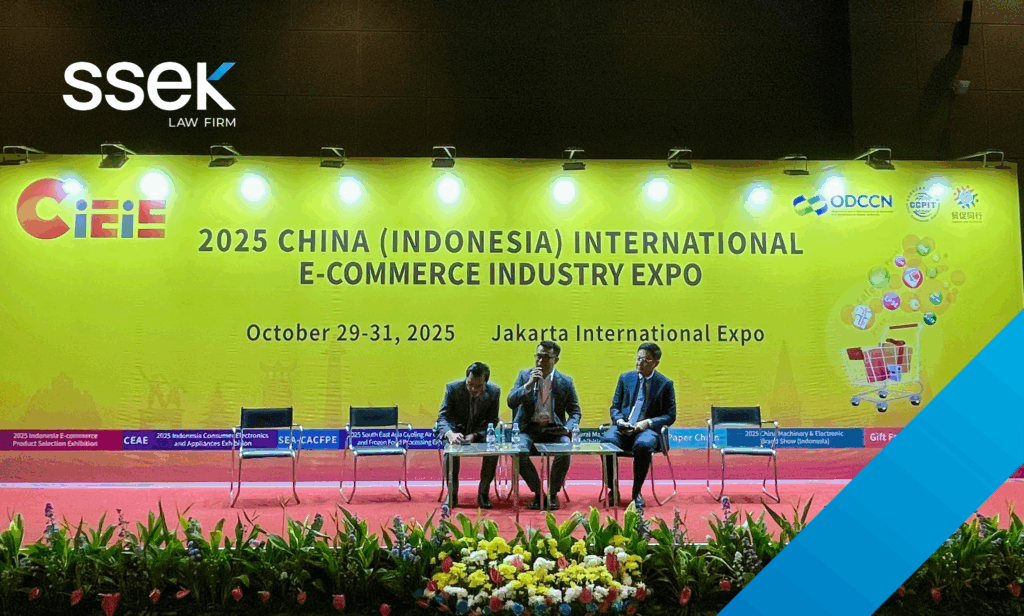7 October 2015,
Modern Free Trade Agreements are about much more than lowering tariffs. As an FTA, the TPP necessarily creates a free trade area of significant size. It establishes market rules for access in relation to both goods and services, and set out the promises made in relation to market regulation.
The TPP is a rule-based statement of Pacific region market governance. It opens the way for businesses to challenge their regulatory treatment directly under the treaty, without the burden and legacy issues that typically have arisen in common law judicial review mechanisms.
Inherent in the concept of sovereignty is the right to regulate a state’s own markets. The TPP includes a chapter on regulatory practices of states. It is a stated objective of the US (and it is consistent with practices in US regulatory law, as well as in Australian and other regulatory law and practice) that all regulation should be made in a transparent manner, with the opportunity for participation by affected parties. The TPP requires that states adopt 'good regulatory practices'. Such practice may require: identification of the market failure or other matter intended to be dealt with; that regulation be dealt with by 'sound science', cost benefit or similar analysis, risk assessment or other objective evidence; consultative mechanisms and other matters that increase 'regulatory coherence'; and periodic reviews or sunset mechanisms. These are matters which may be of some controversy.
The TPP liberalises cross-border services and establishes key rights for companies, including non-discrimination. It contains specific provisions on financial services. A separate chapter of the TPP is devoted to investment. This chapter and other chapters will establish core investment related rights: to be treated in a fair and equitable manner; to be given full protection and security; and to be treated without the host state discriminating in favour of local businesses. True to its origins as a non-nationalistic power, the 'police power' to regulate markets must take into account the interests of all the members of the pact.
The TPP also has a chapter on State-Owned Enterprises (SOEs). The principal aim of the rules is to ensure that SOEs are not granted unfair competitive advantages, for example through subsidies or more favourable regulatory treatment. As sovereign states move beyond traditional public roles as guarantors of the conditions in which markets operate to become market participants themselves, rules about how to treat SOEs are necessary. SOEs should not be given any preferential treatment in the way they operate as market participants, although if they are states themselves, they may obtain immunities and privileges not otherwise available to them.
The TPP also covers numerous other matters that will impact the regulatory regime in which businesses operate. The TPP defines rules of origin principles and contains basic customs facilitation provisions. The TPP also establishes basic competition law requirements and addresses intellectual property issues that go beyond the WTO. Moreover, for the first time, it contains principles of 'good government' and seeking to have 'regulatory coherence' and commitments on 'good regulatory practice'.
For further information, please contact:
Donald Robertson, Partner, Herbert Smith Freehills
donald.robertson@hsf.com





